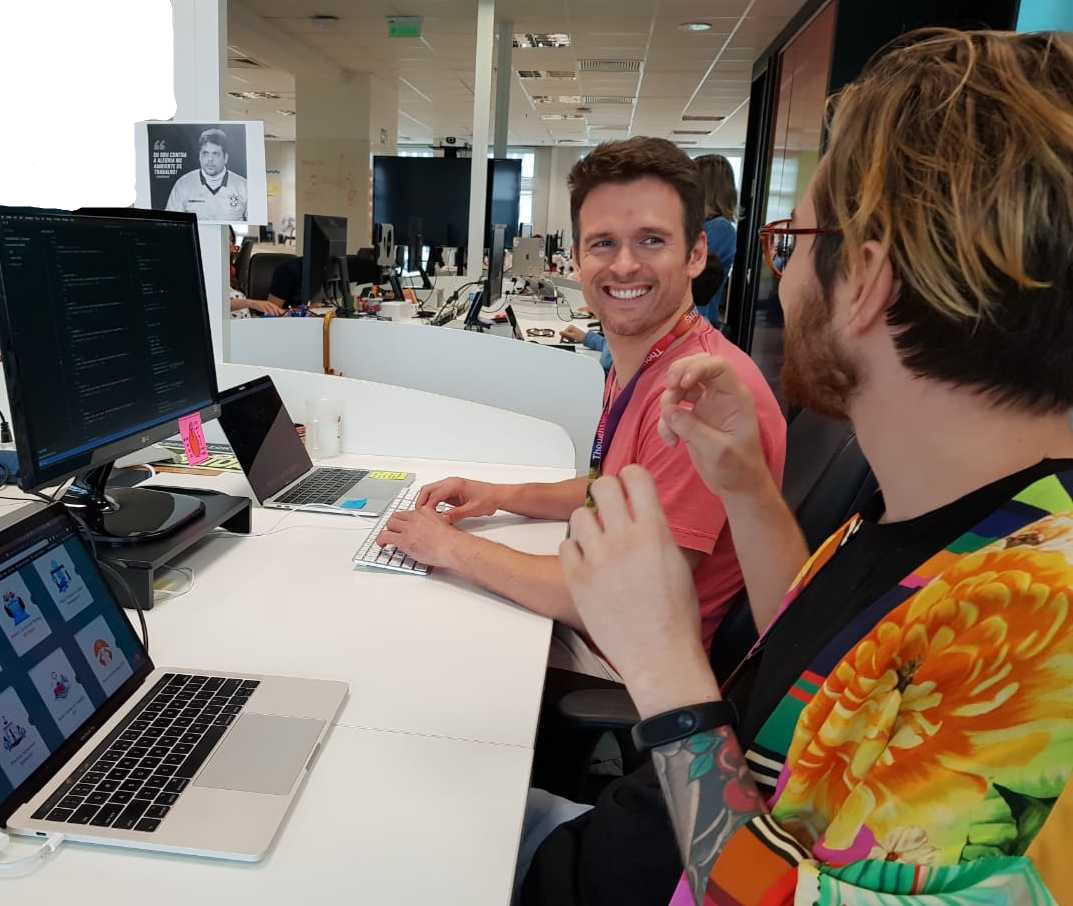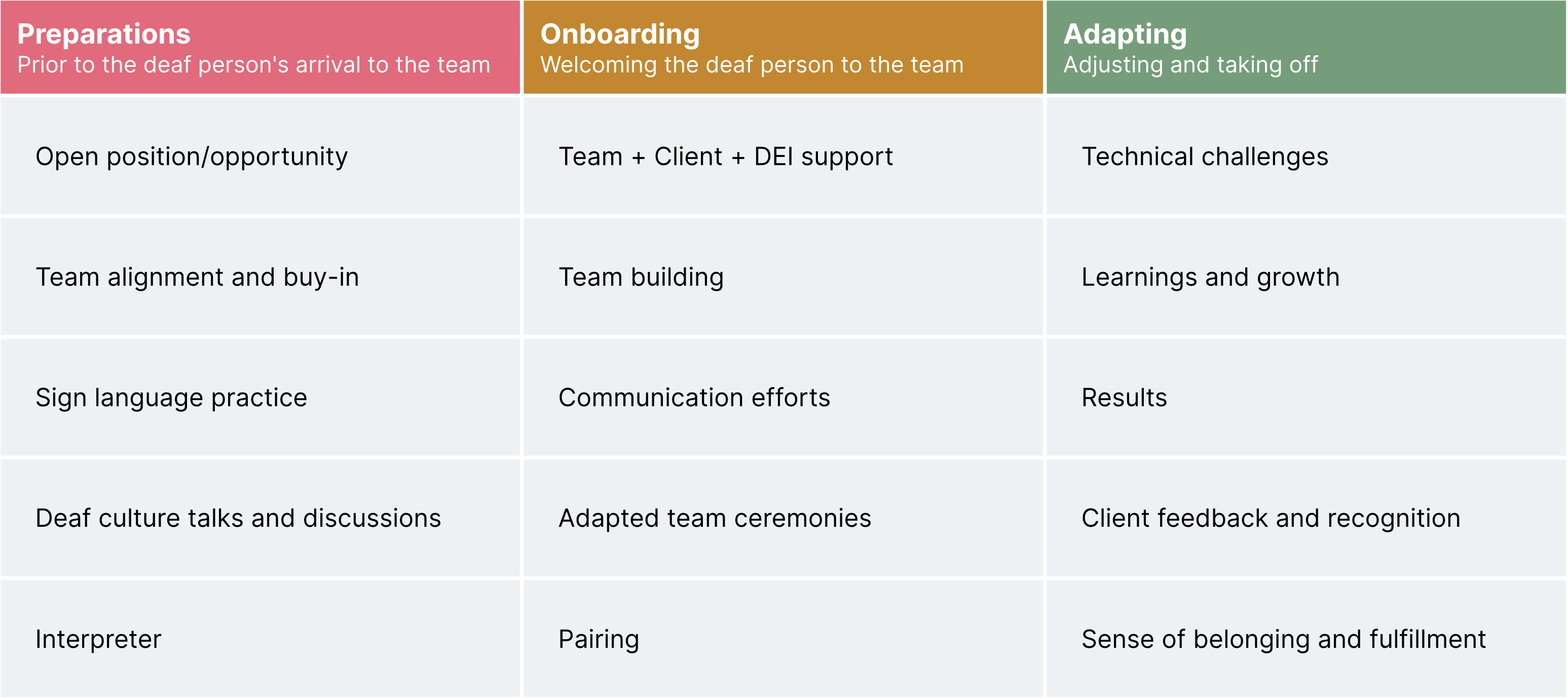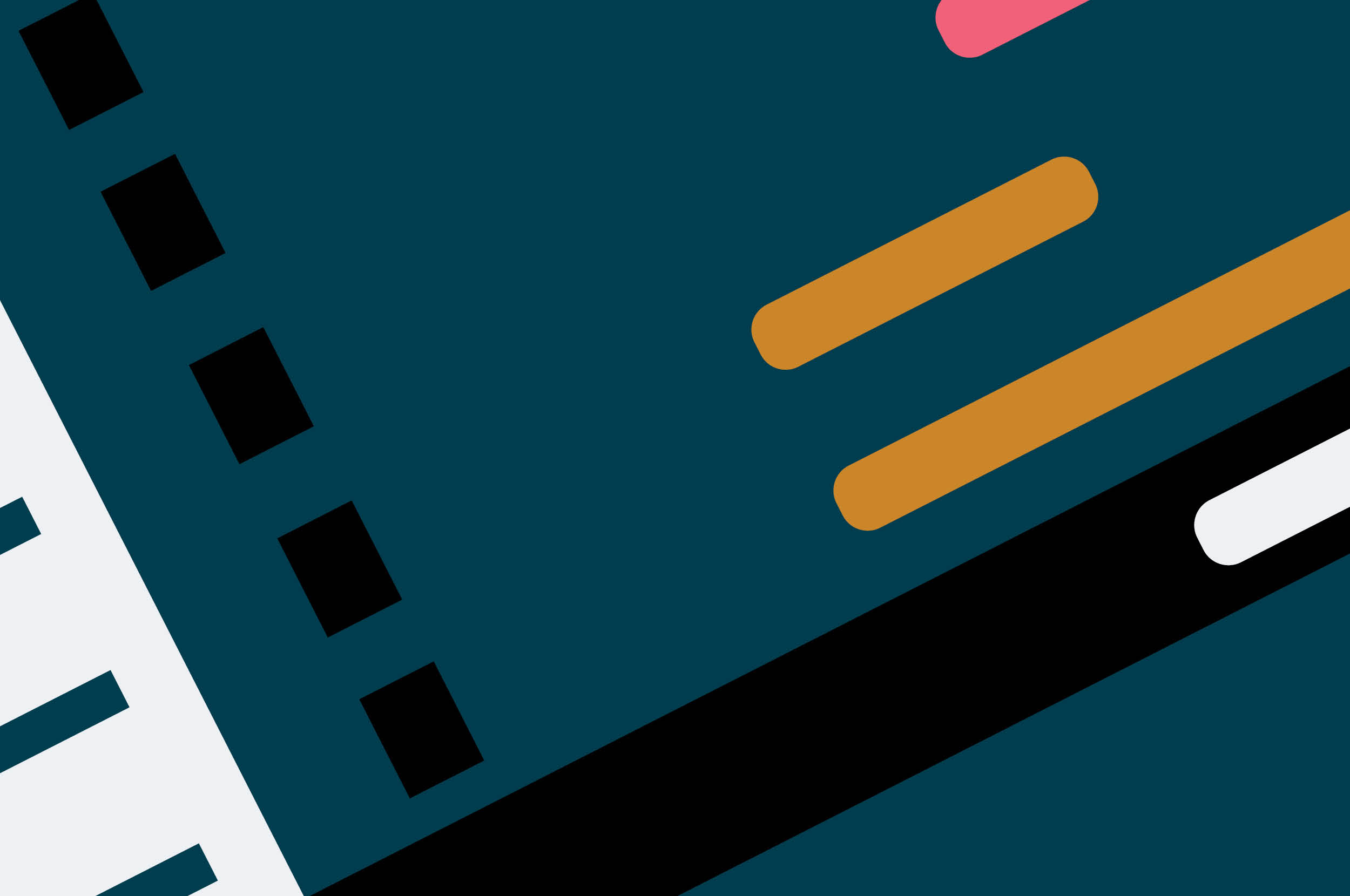My name is Ismael, I have been working with information technology for 16 years and have a degree in Computer Science. I joined Thoughtworks Brazil in April 2018. Before that, I worked at five other companies.
The most significant difference between Thoughtworks and other jobs was that, for the first time, I felt like I was part of the software development process. My coworkers – not only the ones in the team but Thoughtworkers overall – truly show empathy towards my journey. They know how to make people feel valued and make efforts to adapt to whatever is necessary.
Throughout my career, I frequently felt pressured to adapt to teams, and I would struggle to communicate and get support. At Thoughtworks, I notice that helping each other grow and create an impact in the world is part of everyone's career goals.
"I feel like everyone is connected in some way. I feel like I am welcomed and like I belong here."
The motivation for writing this blog post is to help teams that want to include deaf people by sharing the challenges and learnings we've had so far from this experience.
And to help me tell this story, I have invited my team members Jean Bauer (developer) and Graziela Pereira (who was the project manager for the project and currently works as a people partner). Below are some of the topics we discussed:
Team preparations to welcome a deaf person
Graziela: We had an internal opportunity for a developer to join our team and we found a developer who was available and met the required capabilities. This developer was a deaf person, Ismael. We talked a lot about how we could prepare to ensure a good onboarding for him, how to involve the client in this process, and to make sure that communication would be effective. Some people in the team started taking LIBRAS (Brazilian Sign Language) classes and we started to share events from our personal lives in LIBRAS weekly. Although we were only able to use short sentences, it was a lot of fun! We were very comfortable making mistakes and learning from those who were a little more familiar with sign language. When Ismael arrived, we were no longer insecure about speaking in LIBRAS, and we realized that we needed to work together to onboard him. Making sure to include the client, we had talks about our company's culture, the importance of having diverse teams, and how they help us grow. We handled everything naturally, as we genuinely believed it should be, ensuring that communication was effective. At first, we had an interpreter throughout the day. We gradually reduced their presence and began to further exercise our learnings in LIBRAS.
Joining the team
When I joined the project, my biggest concern was not being able to keep up with my colleagues. I was also worried that our exchanges would be limited to technical issues within the project and that I would not be socially integrated into the group. On the other hand, I was looking forward to developing new technical skills and being more connected to new technologies. Working alongside colleagues who had experience in programming languages other than the ones I mastered was one of my expectations, and I was hoping this would help me evolve as a developer. Something that stood out for me as soon as I met Jean was how proud and motivated he was when speaking about the project.


Pairing with a deaf person
Jean: When I first started to pair with Ismael, I barely knew LIBRAS, so I often had to use the keyboard to type what I wanted to communicate. This caused us to have a lot of misunderstandings about what we were talking about. Ismael's only difficulty with the project was the technology involved since it was the first time he was working with JS. In addition, it was also his first time working as a consultant in an agile team and writing code in English (which is neither his first nor second language). This alone is very challenging to anyone, listener or not. Both of us started learning LIBRAS at about the same time. After some pairing time, I learned more and more signs and found myself being able to tell what I did in the weekend, without having to spell out almost anything.
Pairing with a hearing person
Pairing with Jean was a very interesting and positive experience. Through empathy and the available tools, we are able to communicate and develop a professional and personal bond. Building a work environment that prioritizes equality and respect for others allowed us to successfully carry out our activities. I felt very comfortable asking questions and sharing life events with him.
Benefits from pairing: it creates an opportunity for the team to learn and practice a new language (such as LIBRAS); it allows the team to work together and find a way to communicate and relate to others; it encourages the team to practice empathy and realize that everyone is capable of evolving in a collaborative environment (technically and personally).
Challenges in pairing: dealing with the self-doubt and concerns of not being able to communicate well; understanding the right time and way to express yourself.
Working on the project
I never felt uneasy. My team was always willing to help me if I came across any difficulties imposed by my hearing impairment. At times, I did realize we still had some trouble communicating through LIBRAS and lip-reading. However, we managed to adapt over time. The interpreter's help was fundamental to facilitate communication and allow us to work together as a team.
Key learnings
Communication: In most cases, a deaf person's first language is their country's sign language, which is fundamentally different than having Portuguese or English as their first language. A good communication experience relies on empathy and support. An interpreter will help the team communicate, but this should not be the only way to communicate with a deaf person. The team should always make an effort to speak slowly, write down sentences on a piece of paper or on a computer, or spell out words in sign language. It is important to always check and validate if everyone understood the message clearly.
Remote meetings: Pinning the interpreter's video (the meeting host has the ability to do so) makes it easier for the deaf person to locate it. Aside from that, the team should use and pay attention to the raising hand feature. It is always a good idea to share meeting notes with the team afterward.
Growth journey: Understanding individual capabilities and expectations allows team leaders to co-create a plan focused on the person's strengths and development areas.
Useful tips
Encourage the team to get to know and adapt to deaf culture;
Do not cover your mouth while speaking;
Avoid using slang or regional expressions;
Position yourself facing the deaf person;
Respect their limitations and seek to assist with whatever is necessary;
Be patient and calm when communicating with them;
Visual aids such as drawing can be great allies to improve communication (tools such as Mural or Draw.io can be helpful);
Make sure deaf people are given opportunities and space to express themselves so that the communication does not become a one-way street;
Only one person should speak at a time;
If you are speaking Portuguese, avoid using English words (as it makes it difficult for the interpreter to follow);
Prior to the meetings, share the topics that will be covered with the interpreter, allowing them to prepare themselves;
It is important to have more than one person who can interpret in sign language on the team so that the team does not become dependent on an interpreter;
- Create a daily sign language practice/exercise routine that involves the whole team;
- Create a dictionary of terms that make sense for the team (such as service names, applications, ceremonies, and so on), as spelling everything out can take some time. Here is an example.


Final thoughts
When I joined the team, I talked them through how they could help me improve. I also gave the interpreters some pointers on what good communication would be like for me. So when I started working with the team I felt comfortable and confident. I trust my team and I feel we share mutual respect and appreciation of each other's work.
Jean: When I interpret for Ismael I feel I can give communicate the right context and meaning of what people are talking about, including application names, APIs, and other words from our daily lives. When I started to learn LIBRAS, I thought it would be hard for me to communicate, but after taking some classes and interacting with Ismael, I realized that it would be quite simple. We received some feedback from Raquel Souza, our interpreter, expressing how happy she was to see the inclusion process in our team. The reason she was happy was that we were able to do something that unfortunately is rare: we adapted to Ismael.
"The team must adapt to the deaf person, not the other way around."
I would also like to thank our interpreter and friend Raquel Souza for contributing with some tips in this article and for walking alongside us on this journey.
Disclaimer: The statements and opinions expressed in this article are those of the author(s) and do not necessarily reflect the positions of Thoughtworks.


















